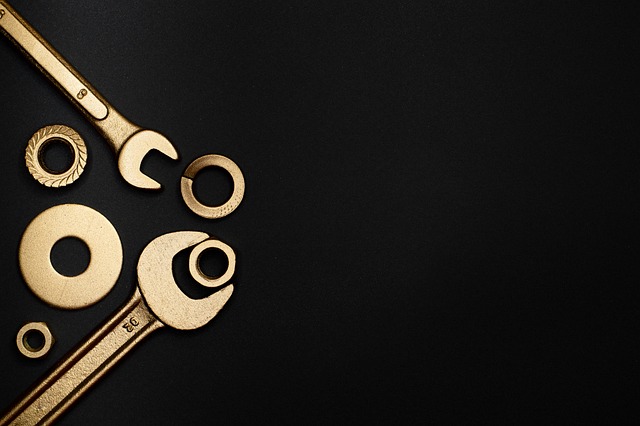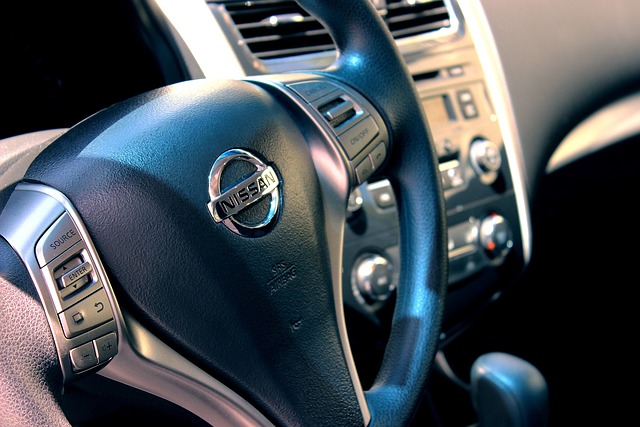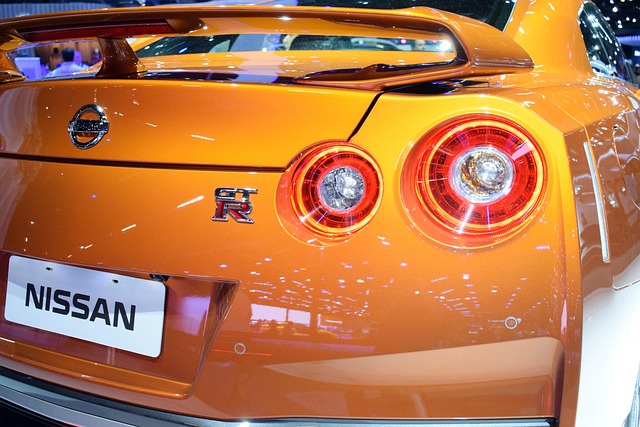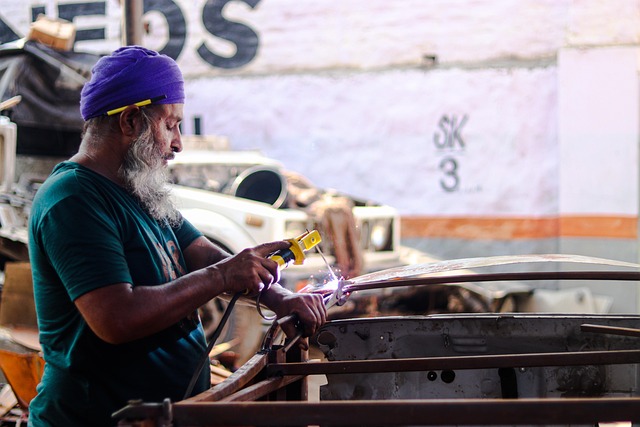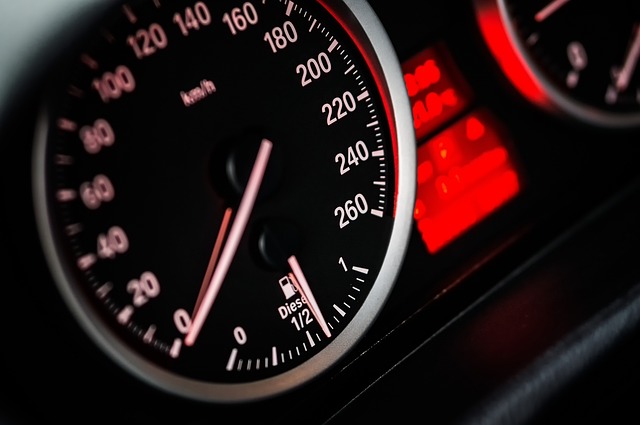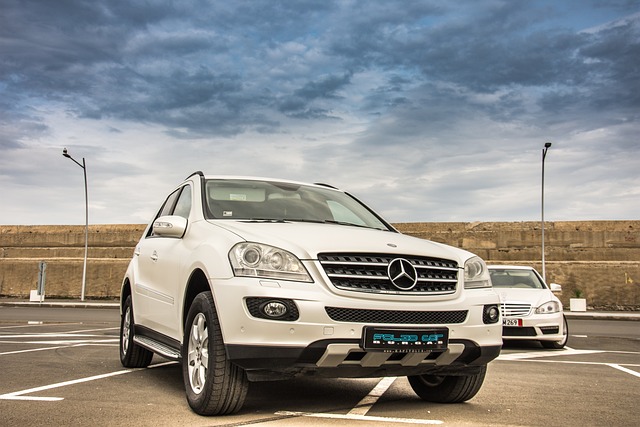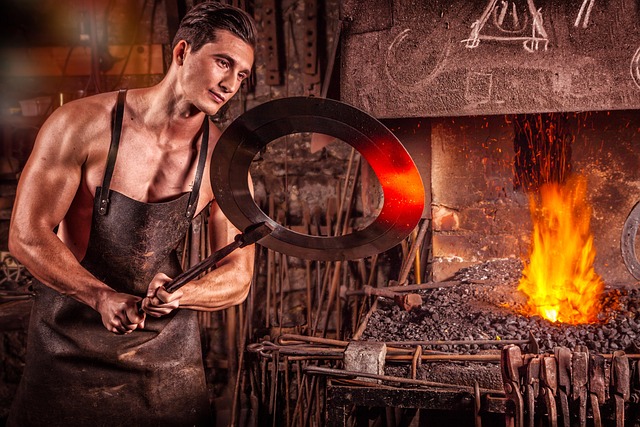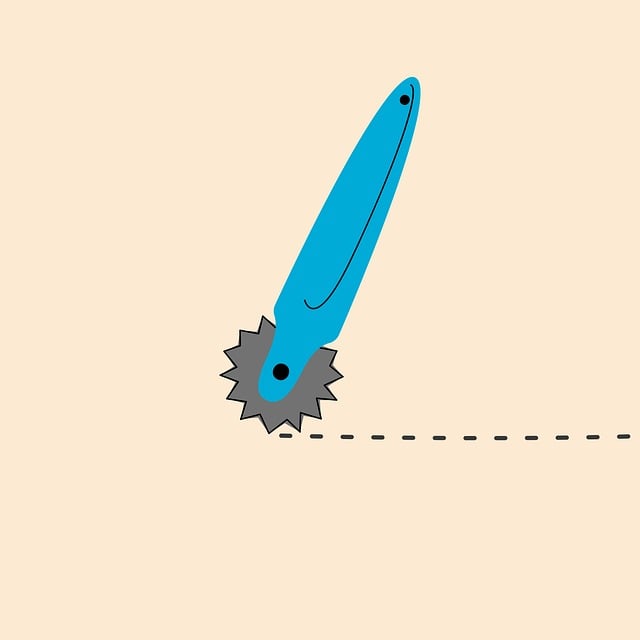PDR equipment rental offers flexibility and cost-effectiveness for individuals and businesses, allowing them to access cutting-edge technology without a large upfront investment. Ideal for newcomers or testing the market, it provides training and experience before long-term commitment. However, rental costs can accumulate, and availability might limit immediate needs or scaling up. Despite drawbacks, renting remains an attractive option due to its adaptability in the car bodywork services industry. When deciding between renting and purchasing PDR equipment, key considerations include flexibility, cost-effectiveness, and access to the latest technology.
Navigating the decision between PDR equipment rental and purchase is a crucial step for any professional detailing business. This article delves into the pros and cons of both options, equipping you with insights to make an informed choice. We explore flexibility and cost-effectiveness in renting, along with access to cutting-edge technology, ideal for short-term needs and scalability. On the purchase front, we uncover long-term savings, ownership benefits, and initial investment considerations, highlighting the maintenance responsibilities that come with it. Through a comparative analysis, we break down costs over time, assess operational continuity, and consider environmental impacts and resale values, helping you determine the best path for your PDR business.
- PDR Equipment Rental: Advantages and Disadvantages
- – Flexibility and Cost-Effectiveness
- – Access to Latest Technology
PDR Equipment Rental: Advantages and Disadvantages

PDR Equipment Rental: Advantages and Disadvantages
Renting PDR (Paintless Dent Repair) equipment offers several benefits for both individuals and businesses in the car bodywork services industry. One of its key advantages is flexibility; renting allows users to acquire the latest technology without a significant upfront investment. This is particularly advantageous for those just starting or testing the waters of tire services and car damage repair, as it provides an affordable way to gain experience and assess the equipment’s suitability before committing to a long-term purchase. Additionally, rental services often include training and support, ensuring users are competent and confident in operating the PDR equipment effectively.
However, there are also drawbacks to consider. Rental costs can accumulate over time, especially for frequent users. Moreover, access to equipment might be limited based on availability and rental terms, potentially hindering immediate repair needs or scaling up operations. Despite these disadvantages, renting PDR equipment remains an attractive option for many, offering a balance between cost-effectiveness and adaptability in the dynamic world of car bodywork services.
– Flexibility and Cost-Effectiveness

When considering PDR equipment for vehicle paint repair or auto maintenance tasks, choosing between rental and purchase offers unique advantages. One of the most significant benefits is the flexibility it provides. Renting allows professionals and enthusiasts alike to access high-quality PDR tools without a substantial upfront investment. This is particularly advantageous for those new to vehicle bodywork, as it enables them to try various techniques and equipment before committing to specific brands or models.
Cost-effectiveness is another critical factor. Rental services often offer competitive rates, making them an attractive option for one-time projects or businesses with tight budgets. While purchasing might be more suitable for long-term use, as it ensures accessibility without rental fees, it can be a significant financial commitment. This is where renting shines, providing the tools needed for specific tasks without the burden of ownership costs and maintenance expenses associated with owning PDR equipment.
– Access to Latest Technology

When deciding between PDR equipment rental and purchase for auto bodywork tasks, access to the latest technology is a significant consideration. Rental offers the advantage of staying up-to-date with advancements in car paint repair tools, as rental companies typically invest in the newest models. This can be beneficial for auto repair services that require specialized equipment or features, ensuring technicians have access to the most efficient and effective PDR tools available.
Additionally, renting allows businesses to avoid the upfront costs associated with purchasing new PDR equipment. Instead of a substantial investment, rental agreements often provide flexible terms, including the latest technology at a lower cost. This is especially advantageous for smaller auto repair shops or those offering mobile auto bodywork services, where keeping overheads low while maintaining high-quality work is paramount.
When deciding between renting or purchasing PDR equipment, considering your project’s duration, budget, and technology needs is key. While rental offers flexibility and access to the latest innovations, purchase provides long-term cost savings and ownership of a specialized tool. Evaluating these pros and cons will help professionals make an informed choice tailored to their unique PDR requirements.

